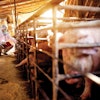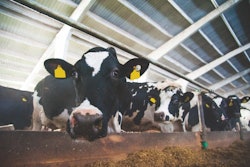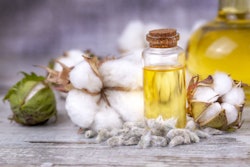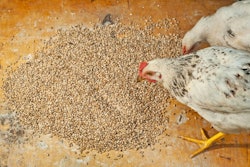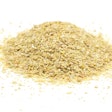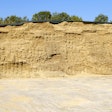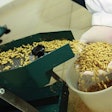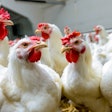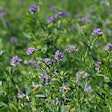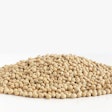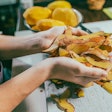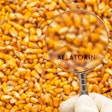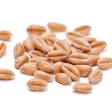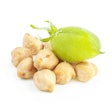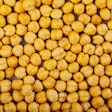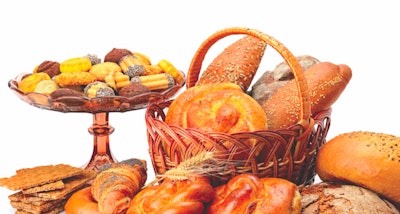
Good quality bread meal is roughly equal to wheat in terms of energy and protein
Have you ever thought what happens to “yesterday’s bread” that is sold every day at large supermarkets? It is being recycled in the best possible way as animal feed.
In large cities, where supermarket chains offer daily fresh bread, there exist large-scale bakeries that in reality are manufacturing plants that have little resemblance to neighborhood bakeries. In these industrial facilities, bread is baked and packed daily for speedy delivery to supermarket chains. Any off-spec quantities are discarded into the feed waste stream. These can be loaves that are under- or overbaked, and even loaves that are under- or overweight. In rare cases, unbaked dough that for some reason is off-spec, but otherwise perfectly safe, is included in this stream.
Next, as the trucks deliver fresh bread loaves, they pick up any leftovers from yesterday’s fresh bread, and any other bread-related products (such as toast bread, etc.) that are getting close to their expiration date. These returns, which are perfectly safe and fully nutritious, are not discarded but are added to the feed waste stream. Before that, however, any wrapping material is removed, often by shredding and aspiration of the lighter wrapping material. Any residual paper or plastic is minimal and does not affect the value of the bread waste stream, especially if it is just of paper origin.
These two streams are blended together after being shred to small pieces, and then they are dried (cooked) to a constant dry matter (about 90%) to prevent molding. It is possible to use undried bread waste, but this is good enough for a couple of days and it is often handled only by small animal farms near such factories. The vast majority of bread leftovers, however, is being dried and sold as bread feed meal.
In terms of quality, as long as there is only bread in the feed product, there is only the case of ensuring any previously molded bread was not included in the process. This could happen with smaller facilities that may need to collect several days’ worth of leftovers before they process them for animal feed. Another issue with quality is when bakery byproducts are combined with bread. In itself, bakery meal is an excellent product, but it might contain too much salt, sugar or oil, and any of these may cause problems if not controlled properly. Thus, if bread and bakery meal are blended at the source, then any quality issues of bakery meal can be transferred to that of bread meal. It is recommended that these two products are kept separate.
From a nutritional point of view, most nutritionists consider good quality bread meal roughly equal to wheat (in terms of energy and protein), minus the fiber (wheat bran). Thus, fiber concentration must be controlled by other fibrous ingredients if bread meal makes up a large portion of any animal complete feed. In practical terms, bread meal (of good quality) has been used to replace up to 25-50% of cereals in feeds for poultry and pigs (monogastrics), but new research is lacking to re-evaluate the current products that are produced using modern technology (perhaps higher levels are possible). For ruminants, the amount of bread meal is controlled more strictly, because cooked starch is fermented rapidly, leading to rumen acidosis. Thus, for example, no more than 2-4 kg/head/day is allowed for milking cows, and even this needs to be carefully balanced so that the whole daily ration does not contain other raw materials that promote acidosis in the rumen. Finally, bread meal could potentially replace cooked cereals in young animal feeds, but such contemporary research is yet to be conducted.
